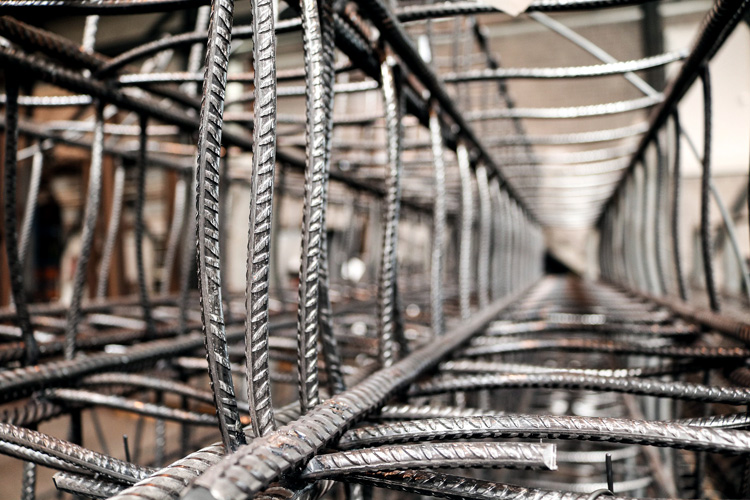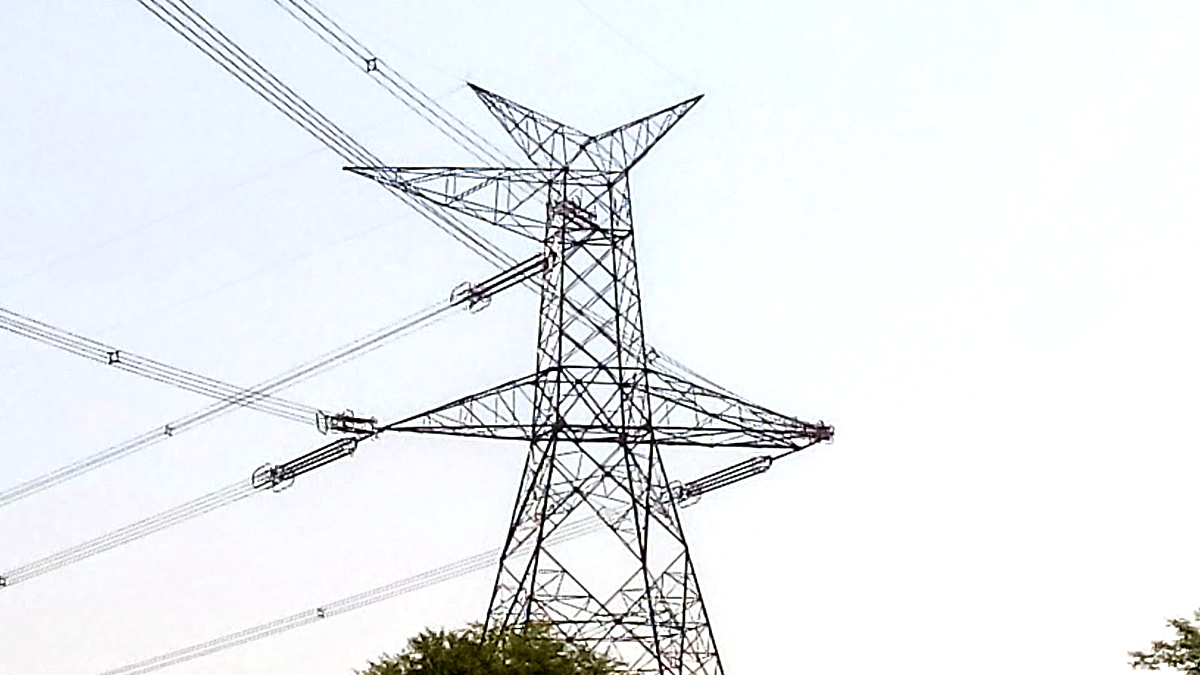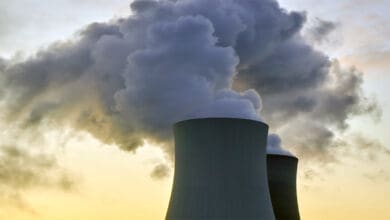A fall in crude oil price and Aramco’s USD 75 billion annual dividend commitment may have delayed Saudi company picking a stake in Reliance Industries Ltd’s oil-to-chemical unit (O2C), research firm Jefferies said. Richest Indian Mukesh Ambani had in August 2019 announced talks for the sale of a 20% stake in the O2C business, which comprises its twin oil refineries at Jamnagar in Gujarat and petrochemical assets, to the world’s largest oil exporter.
The deal was to conclude by March 2020 but has been delayed for reasons not disclosed by either company. In a report, Jefferies said Saudi Aramco recently reiterated its focus on downstream investments in India and China and it could replicate its downstream investment model in China by investment in RIL’s O2C business.
“A fall in crude price and Aramco’s USD 75 billion annual dividend commitment have delayed the RIL O2C stake buy in our view,” it said. “Crude at USD 65 per barrel is sufficient for the transaction in our view.”
RIL would benefit from lower leverage and a lower carbon footprint.
Earlier this week, Morgan Stanley in a report stated that Saudi Aramco’s 2020 earnings conference call indicated that the firm is “still in discussion with Reliance to evaluate existing opportunities as potential partners, regarding the non-binding MoU signed with Reliance for its O2C business.”
Besides refineries and petrochemical plants, the O2C business also comprises a 51% stake in the fuel retailing business. It, however, does not include the upstream oil and gas producing assets such as the flagging KG-D6 block in the Bay of Bengal.
Reliance had in 2019 put USD 75 billion as the value of O2C business after signing a non-binding letter of intent with Saudi Aramco.
“Saudi Aramco remains in discussion with Reliance for potential partnership,” Morgan Stanley had said.
Jefferies said Aramco’s IPO prospectus mentioned its focus on downstream investments in high growth economies of China, India and Southeast Asia. Aramco has an equity stake in China’s largest O2C project at Zhejiang with a long-term crude supply agreement and a plan to build a network of retail outlets. It also has a fuel retailing joint venture with Sinopec operating 1,000 retail outlets.
“A similar footprint possible in India,” Jefferies said. “An investment in RIL’s O2C subsidiary could give Aramco a similar footprint – a stake in India’s largest O2C project with a long-term crude supply agreement and a participation in fuel retailing via the RIL-BP joint venture.”
Since it did not go about setting up green-field O2C capacity in China and no other Indian player is considering an O2C transition, an investment in RIL’s business appears a logical option, it said.
“The proceeds from a potential stake sale could be used to pay down debt in the parent balance sheet. The lower economic interest in the energy business will reduce its carbon footprint,” it said.
Jefferies said Aramco pledged to pay USD 75 billion annual dividend starting 2019. This was a key reason for a cut in the 2020 capex.
“In order to restore annual capex to USD 35-40 billion range (seen over 2017-2019) after meeting the dividend pay out, we reckon it needs crude to average USD 65 (price),” it said.
With a stake in RIL’s O2C unit, Aramco would have a stake in one of the world’s best refineries and largest integrated petrochemical complex.
It has also access to one of the fastest-growing markets, a ready-made market for 5 lakh barrels per day of its Arabian crude and offering a potentially bigger downstream role in the future.
There however have been concerns that Aramco could price contracted crude supplies in its O2C investment in India at a premium to capture more upside at the parent entity. Aramco supplied 68% crude consumed by its JV refineries globally against weighted ownership of 58%.
“Higher than proportionate supplies would have been resisted by its JV partners if Aramco was upstreaming profits,” Jefferies said adding concern on premium pricing for crude supply were misplaced.













